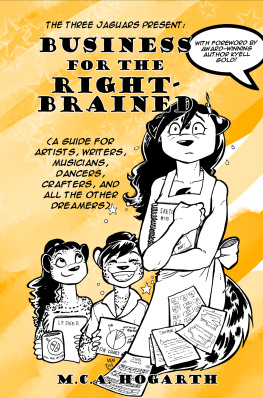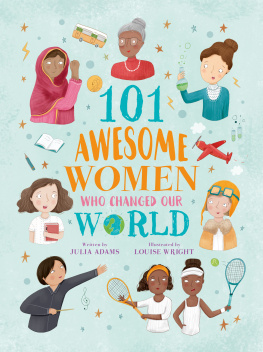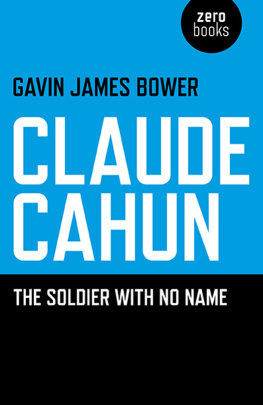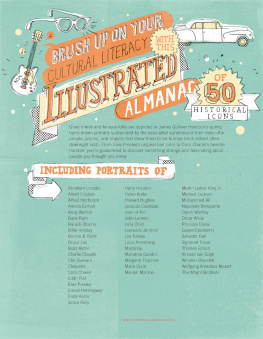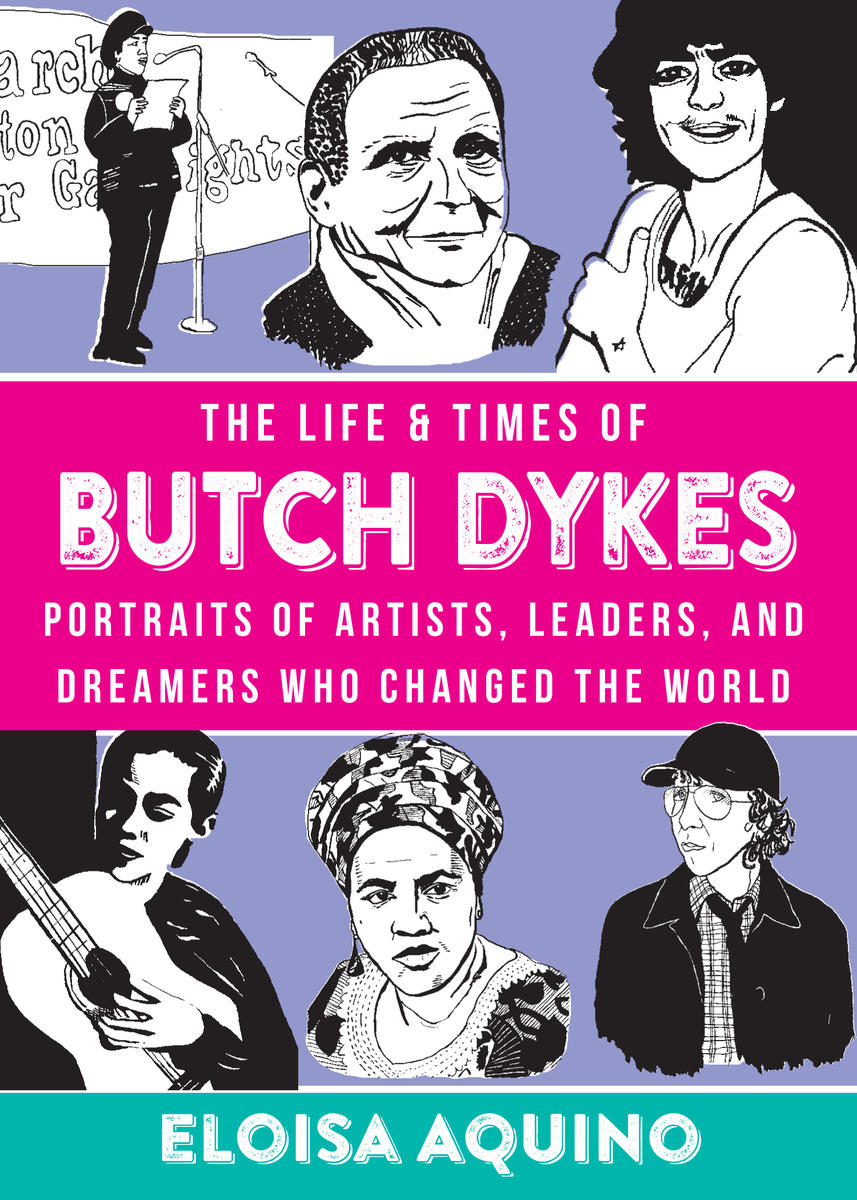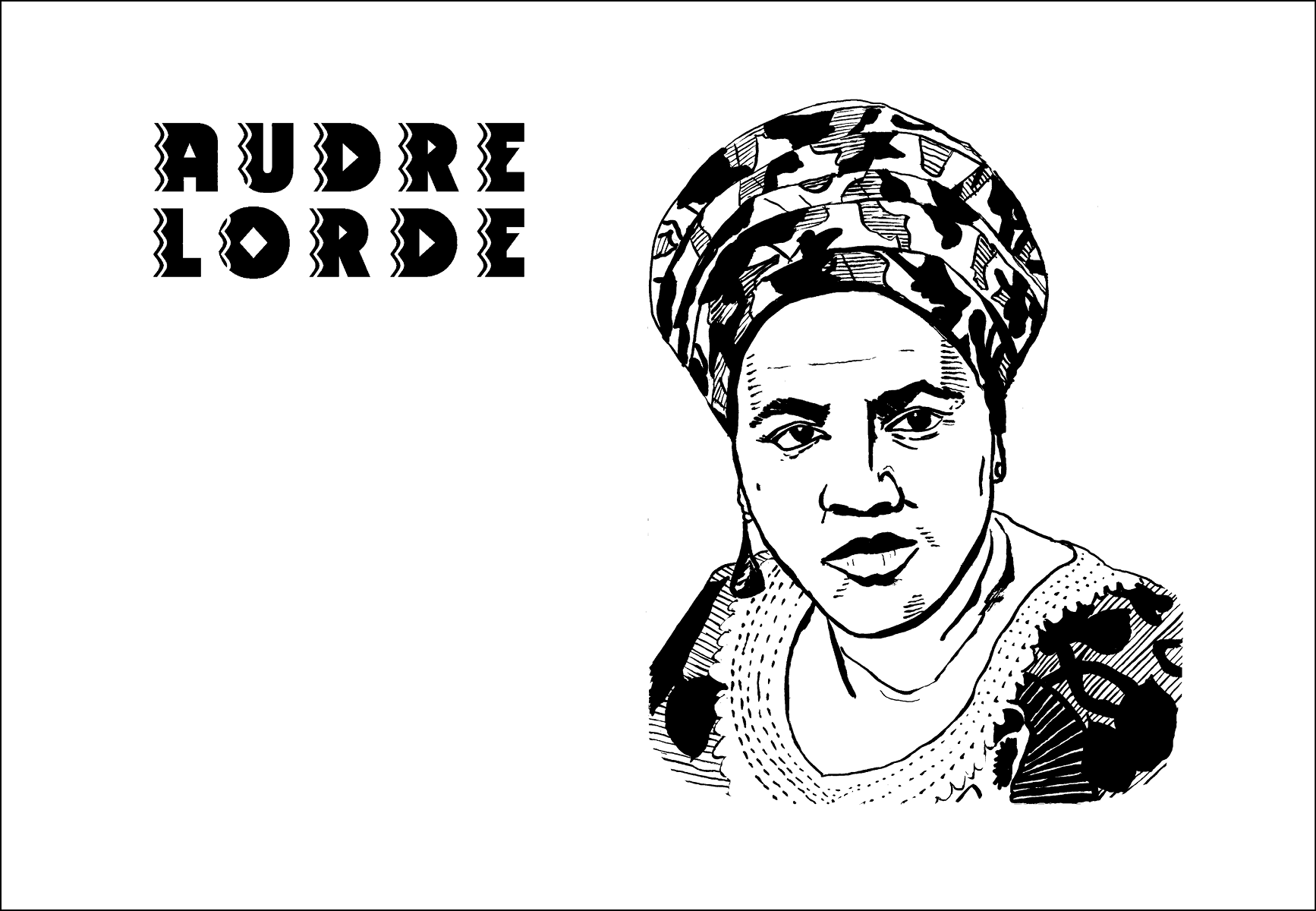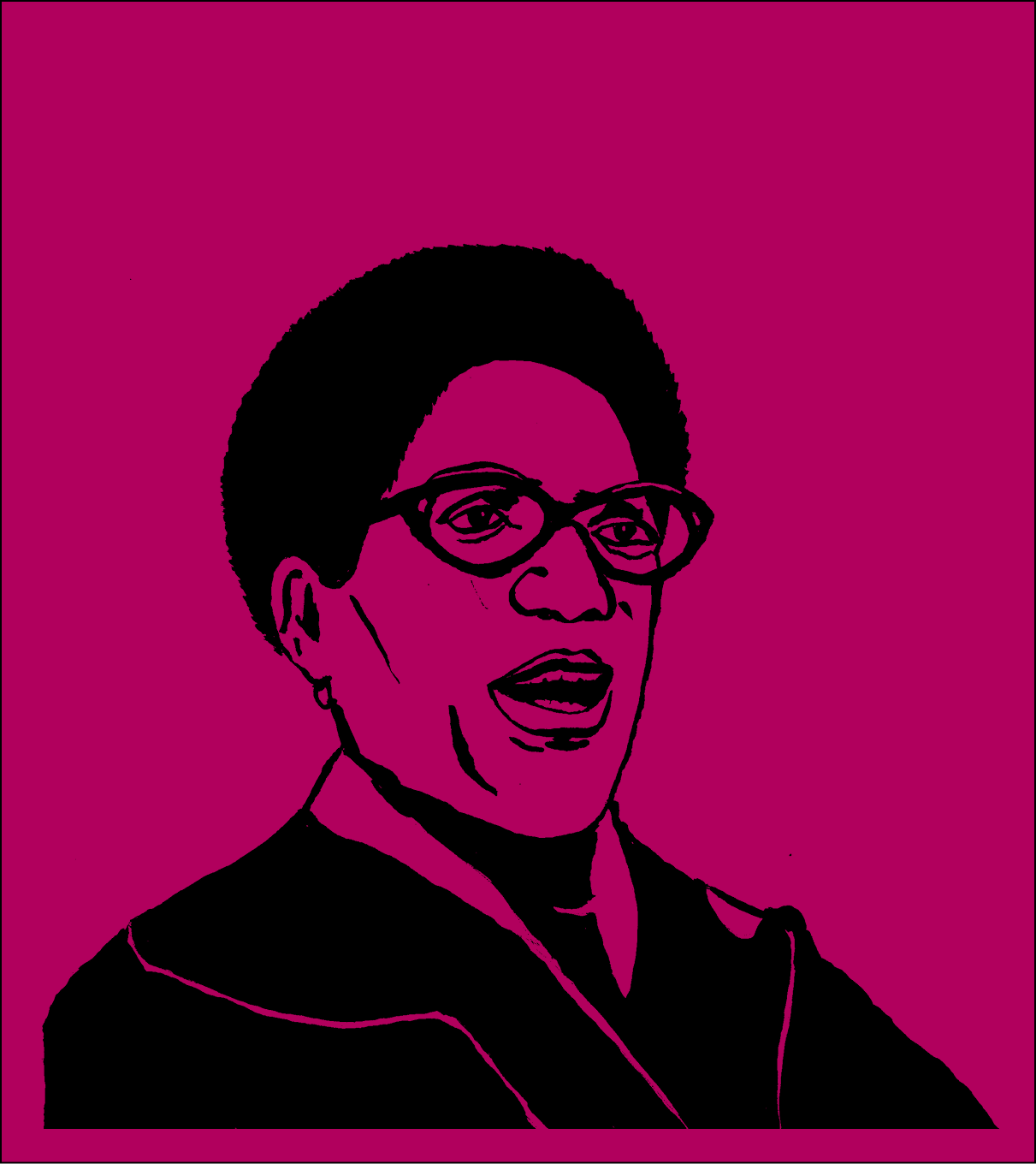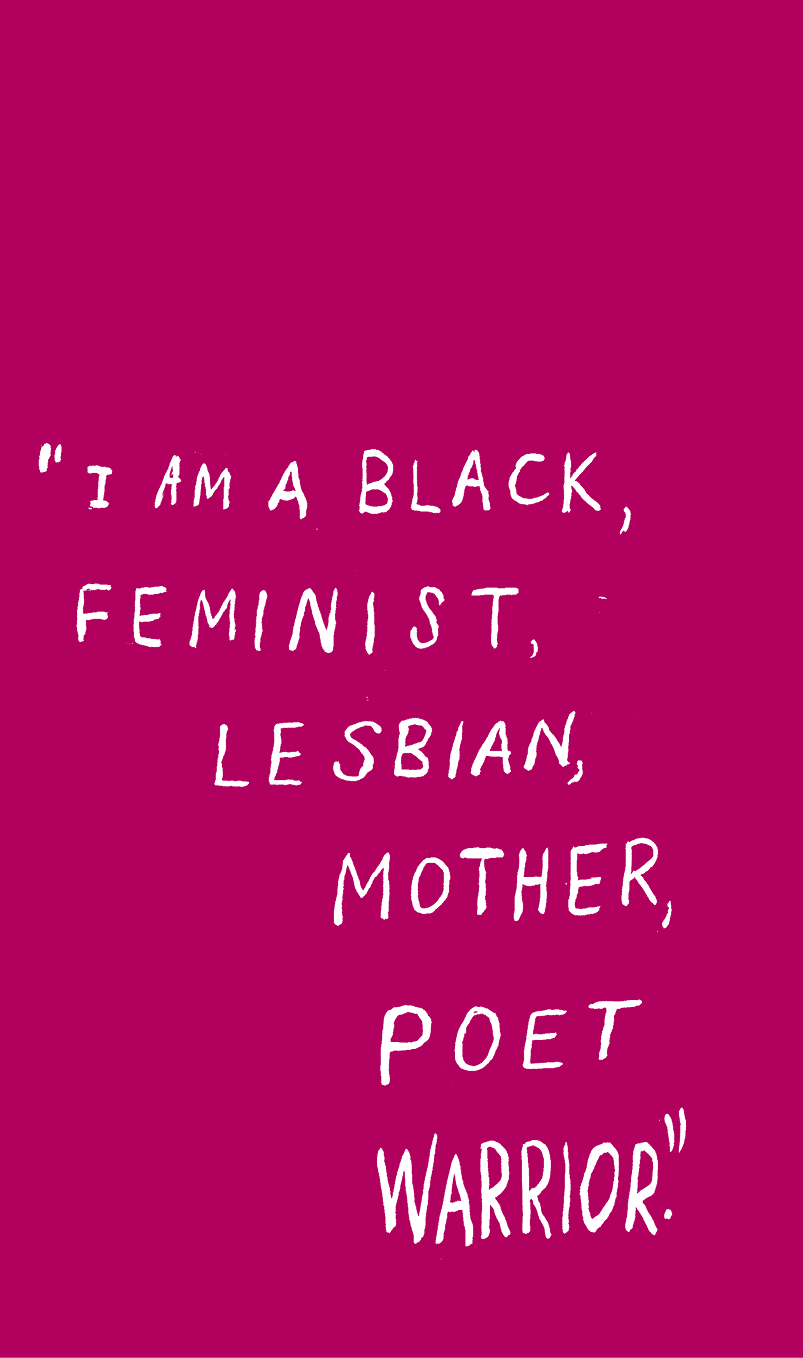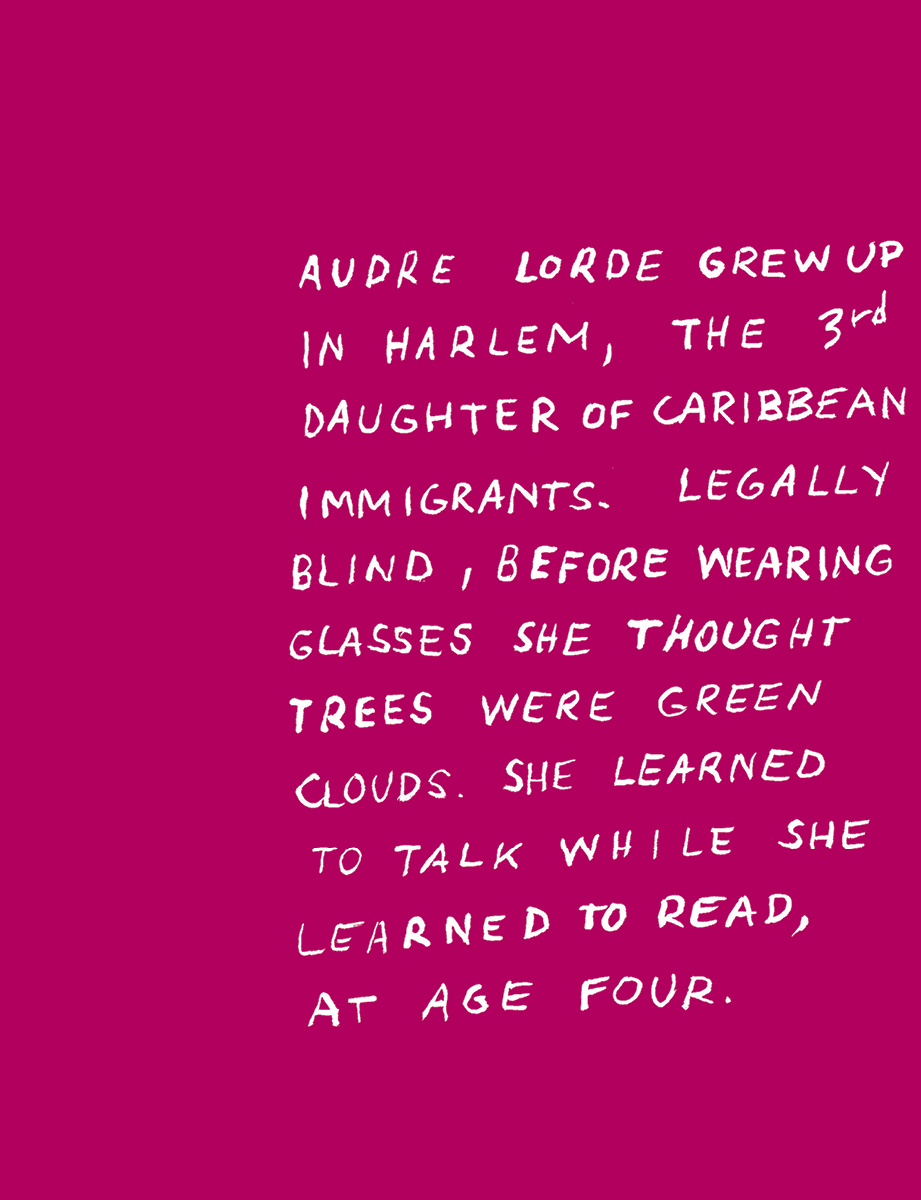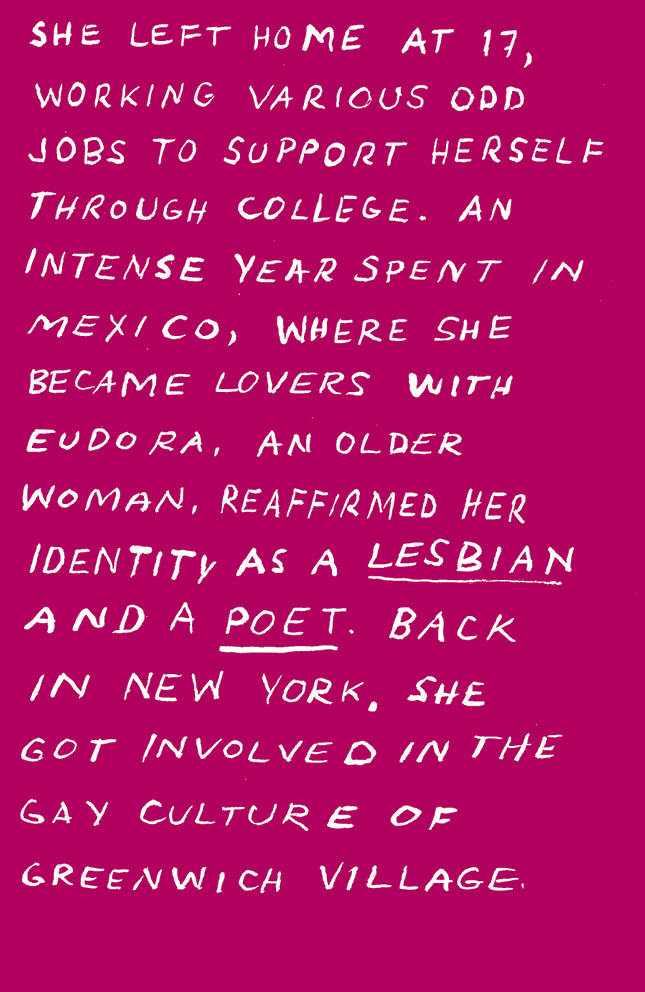The Life and Times of Butch Dykes
Portraits of artists, leaders, and dreamers who changed the world
Eloisa Aquino, 2019
ISBN 978-1-62106-213-4
This is Microcosm #252
This edition Microcosm Publishing, 2019
First Published November 12, 2019
First printing of 3,000 copies
For a catalog, write or visit:
Microcosm Publishing
2752 N Williams Ave.
Portland, OR 97227
www.Microcosm.Pub
If you bought this on Amazon, Im so sorry because you could have gotten it cheaper and supported a small, independent publisher at www.Microcosm.Pub
Global labor conditions are bad, and our roots in industrial Cleveland in the 70s and 80s made us appreciate the need to treat workers right. Therefore, our books are MADE IN THE USA.
Library of Congress Cataloging-in-Publication Data
Names: Aquino, Eloisa, author.
Title: The life and times of butch dykes : portraits of artists, leaders,
and dreamers who changed the world / Eloisa Aquino.
Description: Portland, OR : Microcosm Publishing, [2019] | Summary:
Portraits of women throughout history who have defied societys
expectations of feminine behavior and appearance in order to live a more
authentic life. These short vignettes combine biographical sketches with
evocative illustrations for an impact that is as bold, powerful, and
inspirational as the brilliant artists, writers, and musicians they
represent. The notable people profiled in this book include Audre Lorde
(activist and poet), JD Sampson (artist, and musician known for Le Tigre
and MAN), Jenny Shimizu (model and actress), Claude Cahun (photographer,
performer, and writer who defied all gender expectations and wasnt any
gender), Esther Eng (director), Gladys Bentley (singer and performer),
Gertrude Stein (author and poet), Martina Navratilova (tennis champion),
and Gloria Anzaldia (scholar). Author and artist Eloisa Aquino presents
these icons against heteronormativity in a good-humored homage, showing
how the courage to be true to yourself can spark the sort of work that
changes the world-- Provided by publisher.
Publishers Introduction:
T his book originated as a beloved series of tiny zines that Eloisa Aquino illustrated and published from the mid 2000s to 2012. We distributed them to stores in the U.S. for her, where they were very popular. As her costs increased and after years of selling a whole ton of them to delighted and charmed readers, Eloisa asked us if we would collect and publish a book. We were thrilled to, though in some cases, we had to digitally restore the originals. Youre holding the result in your hands.
All the heroes in these pages loved women, resisted feminine roles, and were or are undeniably queer. What it means to be a butch dyke is less fixed. One of the points this book showcases beautifully is that gender is fluid; our identities can shift subtly or dramatically throughout our lives. Gladys Bentley, the proudly butch Harlem Renaissance singer, took a hard femme turn later in life. French artist Claude Cahun would likely have identified as agender if that concept had been available in early 20th century France, and weve chosen to use they/them pronouns in their chapter.
Since these zines were published, several of the living heroes depicted here have evolved, as one does. One of the filmmakers included in the original zine came out as a man, and at his request, weve removed his page from this edition. Musician and video artist JD Samson came out as nonbinary, and despite using she/her pronouns in most public spaces, gave us permission to use they/them in this book as a protest against the binary. Not all changes have been happy: In 2019, Martina Navratilova came out swinging publicly against the inclusion of trans women in sports. The zine about Chavela Vargas originally said that was still alive at 92; however, she died the year after that page was drawn.
This book is very much a personal homage on the one hand; on the other, it encompasses a broad cross section of queerness. Just like the subjects in this book have changed throughout their lives, accepted cultural meanings and norms shift across time and place.
The word dyke originated in the 1920s, coming out of the Harlem Renaissance. Lillian Faderman, in her wonderful lesbian history Odd Girls and Twilight Lovers , found its earliest printed use as a slur in a 1920s novel by Black bisexual writer Claude McKay. Meanwhile, the butch identity seems to have begun forming around the same time, but Faderman says that the use of the word came later, out of the second World War, a time when women had more freedom in their dress and presentation.
By the 1940s, the rules separating femme from butch were a strict binary. In the 1950s, lesbians who didnt fit neatly into the butch or femme dichotomy were derided as kikis including Audre Lorde, who wrote in her memoir, Zami, about being given a wide berth when she ventured alone into her local lesbian club, because she didnt clearly fit into either binary role; being Black meant she was triply an outsider. Non-conventional people can be dangerous, even in the gay community, she wrote. But by the 1970s, these roles were confined to the working class; upper and middle class lesbians came to reject the butch and femme dichotomy as beneath them. Today, gender identity is seen as more flexible and personal, and theres room to assign your own meaning to words like butch.
In this landscape of shifting identities and affiliations, Eloisa has claimed her heroes. Some dont fit the mold perfectly. Are the fern-hair lesbian folk singers of Brazil any more or less butch than the short-haired, dungaree wearing Audre Lorde? As Judith Butler says of terms like butch and femme, Those categories still act on us constantly, but the interesting question would be how to act with them in a way that we dont become victims or imprisoned. Thats why were committed to showing Eloisas vision for the project one slice of butch identity, a snapshot of one persons inspiration.
Were proud to publish this book presenting the lives of a spectrum of butch dykes, be they out or closeted, strongly gendered or fluid, accepted by their communities or isolated by their self-expression. Theyre united by their sapphic desires, refusal to conform to cultural ideals of femininity, and creative genius. Wherever you fall in the universe of gender and sexuality, we hope you find new role models here, and the inspiration to be true to yourself and share your creative spark with the world.
- Microcosm


